Mimosa hostilis Inner Root Bark (MHRB) – Powder
$110.00 – $800.00
BOTANICAL CLASSIFICATION
FAMILY: Fabaceae (Leguminosae; Mimosaceae)
GENUS: Mimosa
SPECIES: Mimosa Hostilis (Mimosa tenuiflora)
ORIGIN: Brazil see here our Mexican variants
COMMON NAMES: Jurema, Tepescohuite, Cabrero, Carbonal, Jurema Preta, Calumbi, Black Jeruma, Vinho de Jeruma, Yurema
Mimosa Hostilis Inner Root Bark (MHRB) – Powder
We offer Mimosa Hostilis inner root bark from a reputed source (Brazil), a company that has years of experience in harvesting and processing Mimosa Hostilis root bark. We believe that this is the best quality Mimosa available on the market. We always offer a freshly harvested batch, not an old stock!
Our supplier is using sustainable harvesting methods – only one root is harvested from each plant.
The greedy suppliers however are willing to kill a whole tree for all its roots.
The pastures where our harvest comes from do not receive any chemical pesticides as the grass and herbs grow naturally during the rainy season and pests are naturally controlled by the six-month dry period. Also during processing no chemicals, in fact, no product at all is used.
The cleaned inner root bark is transported in boxes to the clean glass greenhouse which is well closed to avoid contamination of the product. The bark dries at 70% of shade for a few days and is ground in clean machines to a fine powder, then filtered to remove the filler fibers and packed quickly in plastic bags.
The fine logistic system of harvesting and processing small quantities a few times a week enables us to preserve well the functional components of the bark. By removing the filler fibers the final product becomes 30% more concentrated, so our product is in fact 130% pure inner root bark compared to many other sources.
Mimosa tenuiflora, also known as Mimosa hostilis and Acacia hostilis is a plant of the Leguminosae family and is popularly known as “calumbi” and “jurema preta” in Brazil M. tenuiflora is a common shrub/tree that is distributed in areas of tropical deciduous forests in the Americas from the southeastern regions of Mexico to northern Brazil and Venezuela, where it grows as secondary opportunistic vegetation. It is a legume tree 5 to 7 m tall and has a high level of tannins and it is an important forage plant used to feed small ruminants in the “caatinga” (semi-desertic vegetation in the interior of Brazilian northeastern) during the dry season.
Studies of M. tenuiflora showed potential in healing scar tissue. According to Mexican ethnobotanic sources, the direct application of the dried powdered bark to the lesion was an effective remedy for treating skin burns and wounds. The population of the district of Palmeiras at Contendas of Sincorá (Bahia State, Brazil) uses the bark of M. tenuiflora for the treatment of coughs and wound healing. A standardized tannin content extract obtained from the M. tenuiflora bark also showed excellent therapeutic properties for the treatment of skin venous leg ulcerations and strong in vitro antimicrobial properties against a wide group of microorganisms
| Qantity | 1kg, 2kg, 5kg, 10kg |
|---|
14 reviews for Mimosa hostilis Inner Root Bark (MHRB) – Powder
Add a review Cancel reply
Related products
Uncategorized
Uncategorized
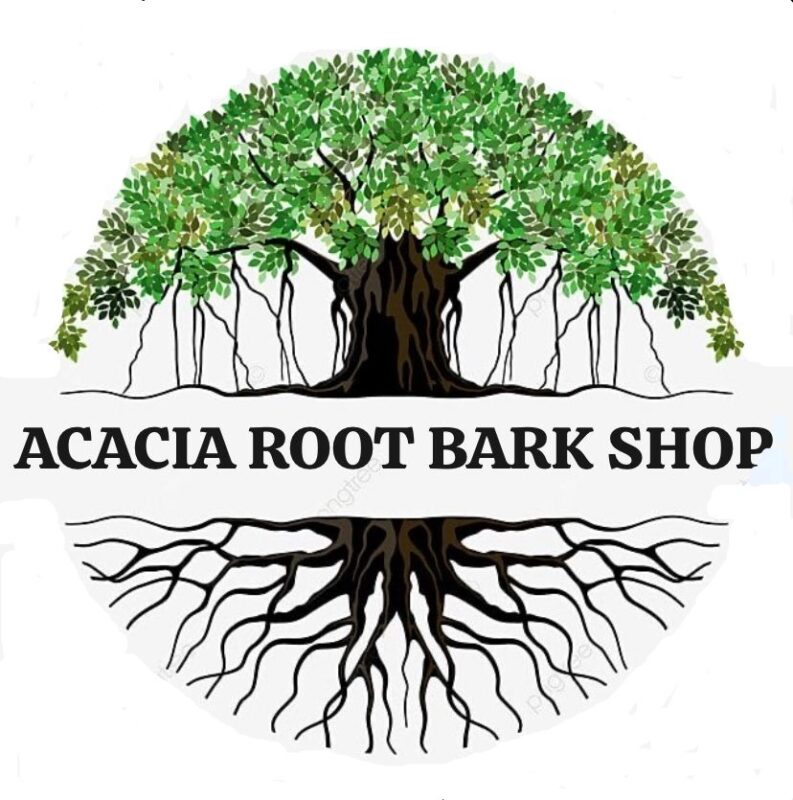
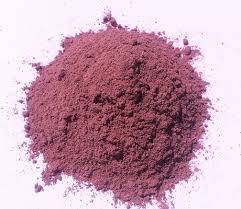

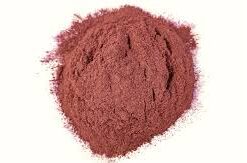
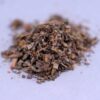
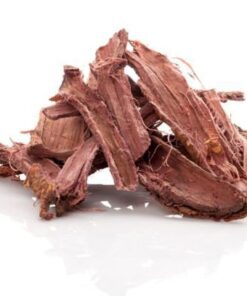
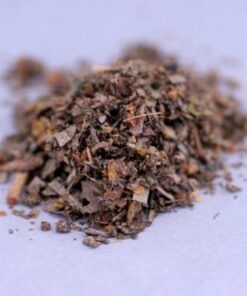
abigael –
wow thanks for the good product you offer.
the delivery was fast 😍 😍
mary joko –
I was wondering if i will receive it within 2days.
but i really enjoy it.
clean –
Amazing product!
exceeded my expectations,💙 🫶 💖
ive been using this product for a few weeks now, and am absolutely impressed!
nee –
absolutely perfect ,always arrives safely. I have gotten 5kg twice.
Maritza –
You are so cool! I don’t believe I have used something
like that before. So great to find somebody with unique thoughts on this product.
Really.. thanks for starting this up. This website is
something that’s needed on the web, someone with a bit of originality!
Cameron –
Tremendous things here. I’m very satisfied to see your article.
Thanks a lot and I am having a look forward to contact you.
Renato –
thank you people ,for the amazing product you provide
Diego –
Hello I am so happy I found your website, I really found you by mistake, while I was searching on Askjeeve
for something else, so when I have time I will be back to order more, Please do keep up the
great b.
Jurgen –
Hi there to all, it’s really a pleasant for me to pay
a quick visit this website, it contains valuable Information.
My web blog คริปโทเคอร์เรนซี
Tabatha –
I think this is one of the most important product for me.
And i’m glad reading your article. But should remark on few general things, The website style is great,
the articles is really excellent .
Prince –
Hello there, You’ve done an incredible job. I will definitely digg
it and personally suggest to my friends. I’m confident they
will be benefited from this product.
Reina –
You actually make it appear so easy with your presentation however I find this product to
be actually something which I think I’d never understand.
i really appreciate the mimosa HRB
Trudi –
You can not imagine simply how much time I had spent to get the good one! Thanks!
Carmine –
Greetings from Idaho! I’m bored at work so I decided to check out
your blog on my iphone during lunch break. I really like the info you present here and can’t wait to
take a look when I get home. I’m amazed about the product you offer